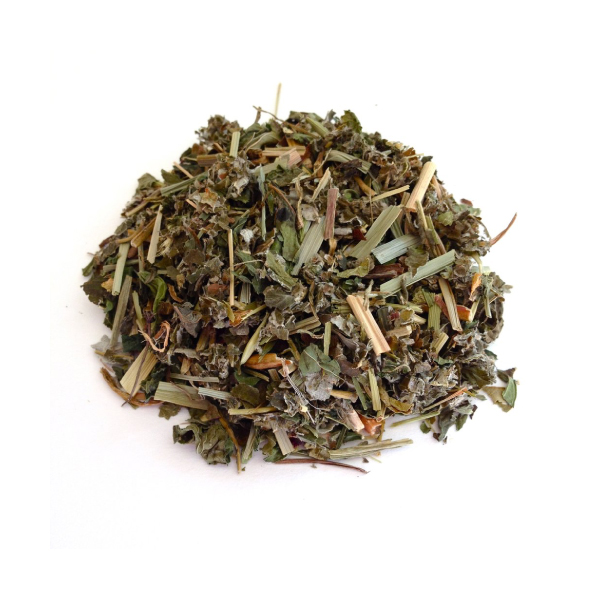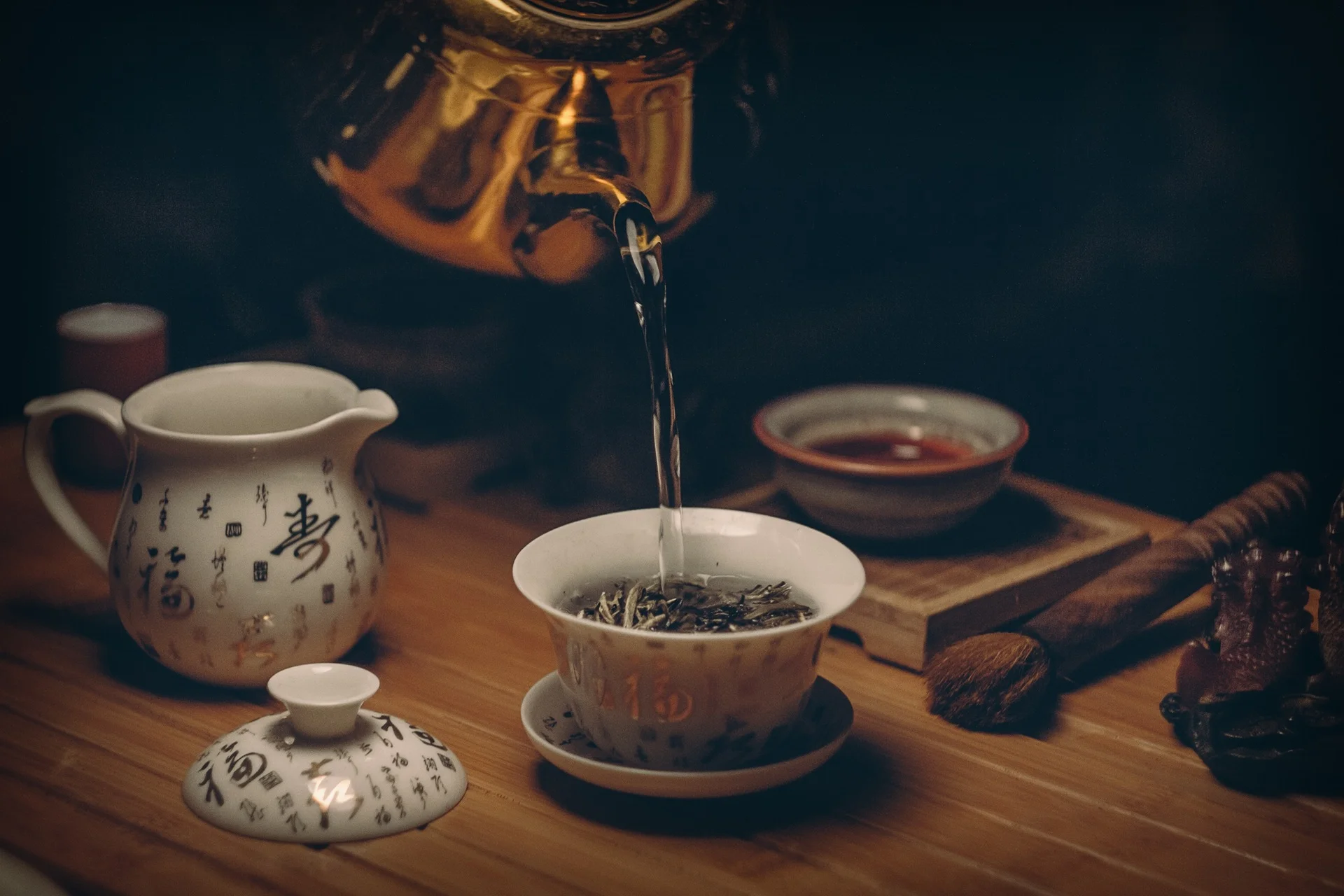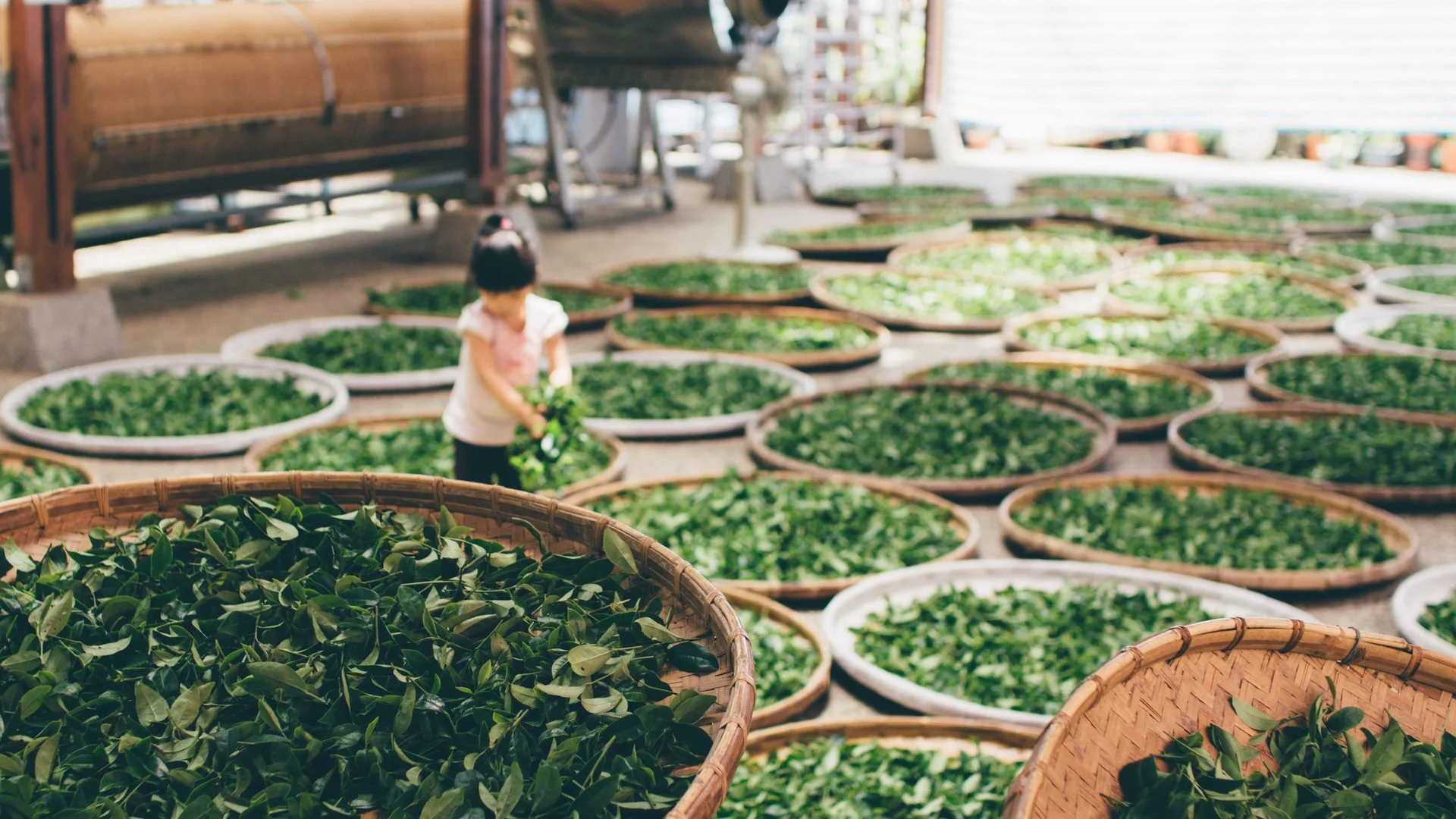Introduction to the Tea Plant:
Tea often refers to any herb steeped in water. True tea, however, only comes from one species of plant, Camellia sinensis.
Depending on how this plant is picked, processed, and stored, will determine the type of tea. This is how we get green, black/red, oolong, white, yellow, and puerh tea all from the same plant.
Plants that are brewed as tea, but aren't specifically Camellia sinensis are referred to as "tisanes", of which there are many different kinds.
A Brief History Of Tea
Tea has been consumed by humans for thousands of years, likely starting in China. It's said to have been discovered by a Chinese emperor named Shennong. He believed that water was cleaner if it was boiled, so only consumed his water in this way. When a leaf from a nearby tea tree fell in his cup of hot water he was amazed by the flavour.
As the years went on, and people started to move around, companies like the East India trading company, and the Dutch trading company began to ship tea all over the world. It has since become one of the most widely consumed beverages in the world. In the UK for example, it's estimated that 84% of the population drink tea on a daily basis.
A Complicated Beverage:
There are so many variables when it comes to tea, including:
- The variety of tea chosen (sinensis, cambodiensis, assamica)
- The level of processing (full fermentation, partial fermentation, no fermentation)
- The technique used to process the leaves (steamed, pan fried, roasted)
- What it's mixed with (such as other herbs and spices)
There are virtually unlimited combinations that can go in to a particular type of tea. This is what makes tea so complex and why so many people are able to discover a flavour they can enjoy.
The Benefits of Tea
There are many health benefits to drinking tea. It's full of antioxidants which have a wide range of protective actions on their own. On top of this, tea contains tannins, L-theanine, caffeine, vitamins & minerals, and polyphenols. All of these compounds have medicinal benefit to offer in one form or another.
Something that needs to be considered when drinking tea for health is how long the tea is steeped for. Short steeping times is generally preferred for flavour, but often lacks the heavier, and less water soluble compounds like the catechins, caffeine, and minerals. Shorter steeping times will contain many of the lighter antioxidants, essential oils, L-theanine, and some caffeine and catechin content however and is still useful as a daily health promoter.
Perhaps the heaviest hitter in terms of health is matcha green tea. This is because the entire leaf is consumed, rather than steeped, leaving nothing behind.
How To Prepare Tea
Each type of tea requires slightly different brewing techniques in order to maintain the best flavor. The simplest way is to simply add a small amount of tea to a teapot, infuser, or in a tea bag, and pour hot water over them. Allow the tea to infuse for 2-5 minutes and then remove the tea and enjoy.
In each section we will discuss the various different tweaks you can make to each kind of tea in order to achieve the best flavour.
Green Tea
Lower temperature
Shorter steep.
Black Tea
Higher temperature
Longer steep.
White Tea
Lower temperature
Longer steep.
Tisanes
Higher temperature
Longer steep.
Brewing Philosophies
There are also several different philosophies when it comes to tea brewing based on culture and personal preference.
1. Western Style Brewing
Western style tea brewing tends to use smaller amounts of leaves, and a longer brewing time (about 1g per 250 mL water, and 2-3 minutes). While this conserves tea better, it doesn't lend much to the flavour. This style will produce a more biter and astringent tea than Asian gongfu style.
2. Gongfu Style
Gongfu style brewing is the traditional Chinese method of brewing tea. It uses much more tea leaves than Wester style (about 6g per 250mL water) and much shorter brewing times (45 seconds). This will produce a much more herby, and sweeter tea. Although it uses roughly 6 times the amount of tea leaves, it can be re-steeped as many as a dozen times, each one producing slightly different flavours as the chemistry is extracted from the leaves.
Varieties Of Tea
Camellia sinensis comes in a few different varieties, each with their own characteristic look and flavour.
1. Camellia sinensis var. Sinensis
This species is most common In China. This variety has smaller leaves, can live for hundreds or thousands of years, and produces a very delicate tea.
2. Camellia sinensis var. Cambodiensis
Most common in Cambodia. It is basically a hybrid of China and Assam varieties, and delivers qualities from both.
3. Camellia sinensis var. Assamica
Most common in India and Sri Lanka. The assam variety produces a stronger flavor, more earthy tones, and has larger leaves. Its lifespan is around 4 decades or so. Assam is commonly seen in black teas, but can also be found in greens, oolongs, and white.
4. Camellia sinensis var. Pubilimba/Dehungensis
These varieties are found mainly in China. They are not very common, and are usually used to make high quality puerh.
Types Of Tea:
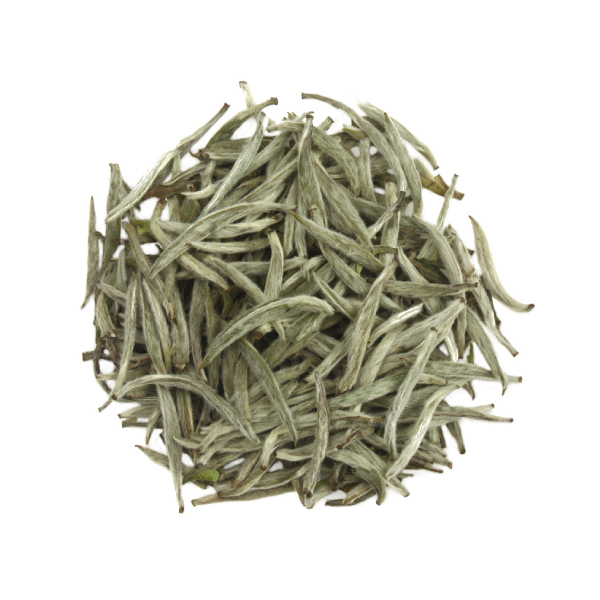
White Tea
learn More
Green Tea
learn More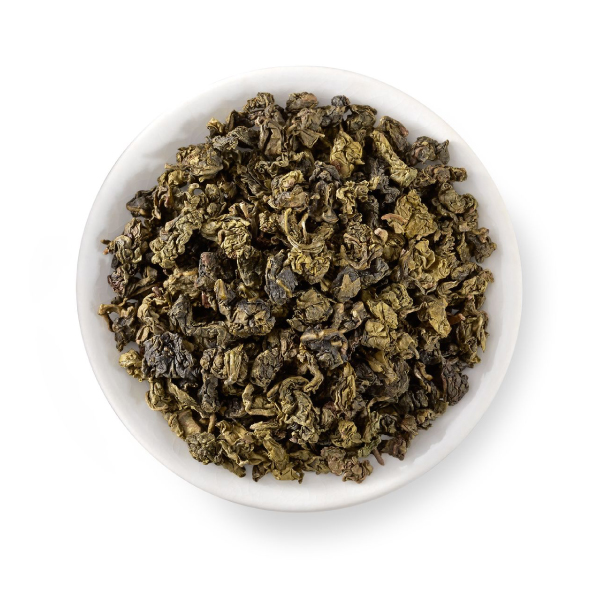
Oolong Tea
learn More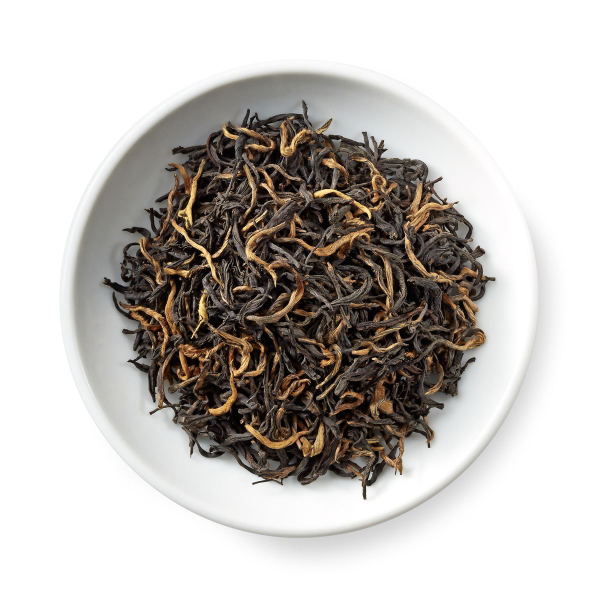
Black Tea
learn More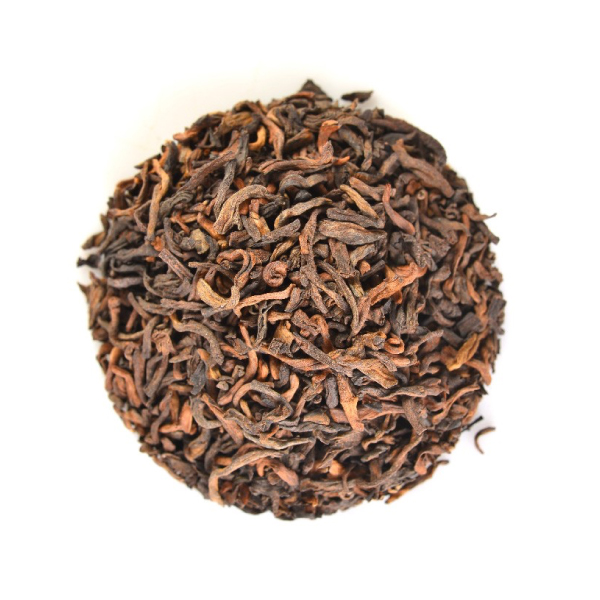
Puerh Tea
learn More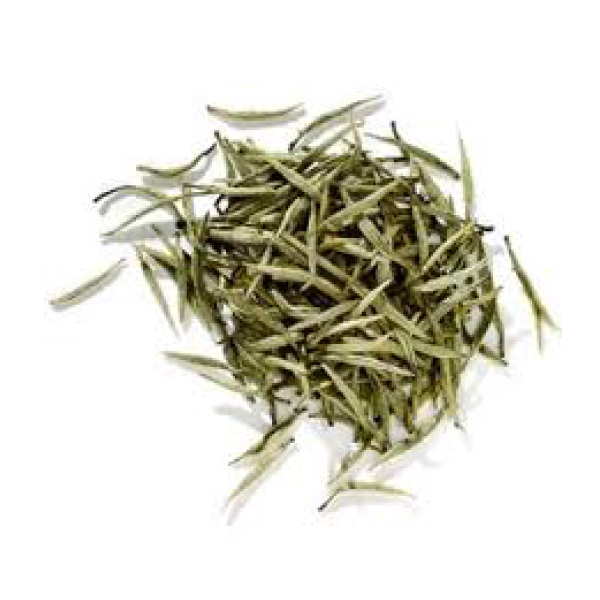
Yellow Tea
learn More